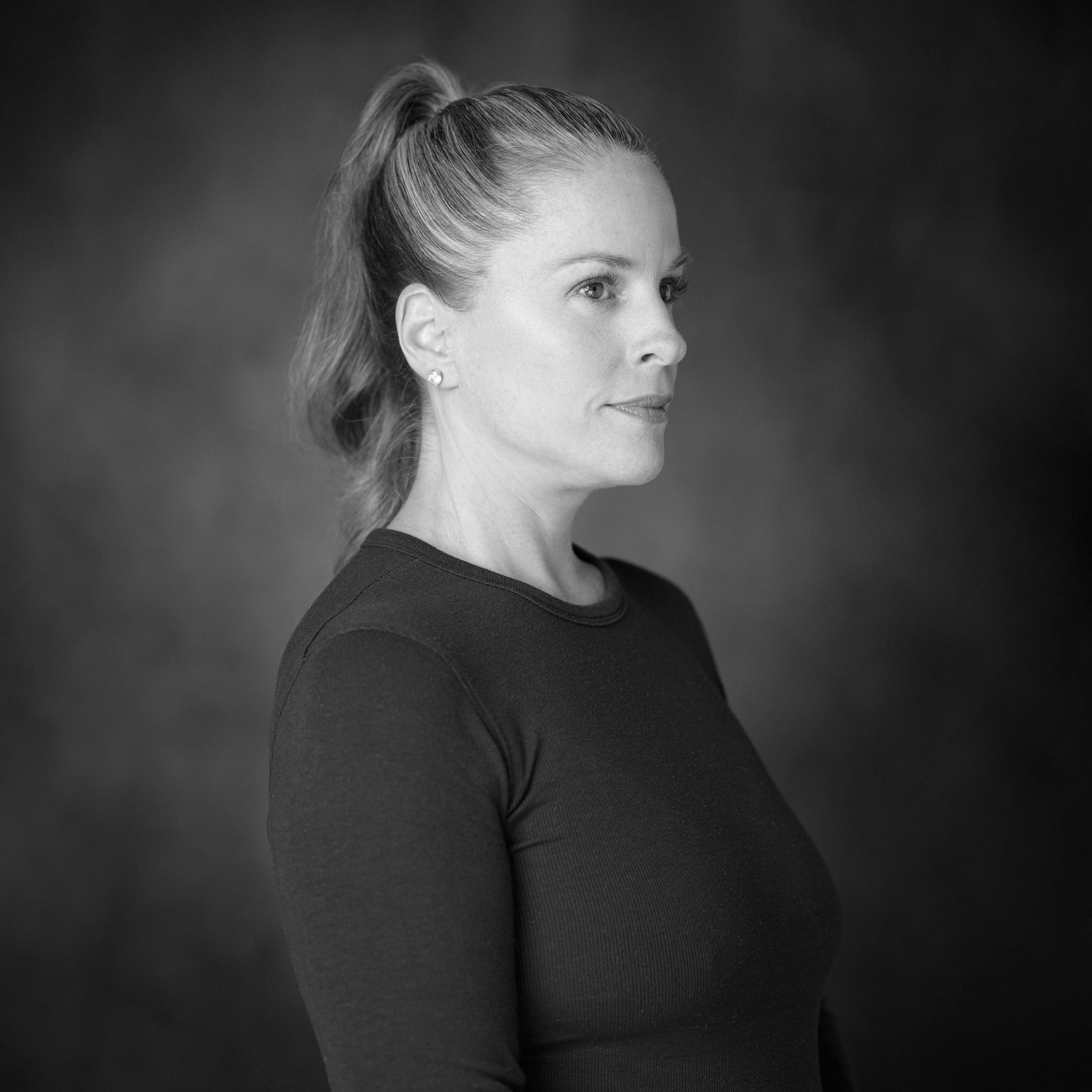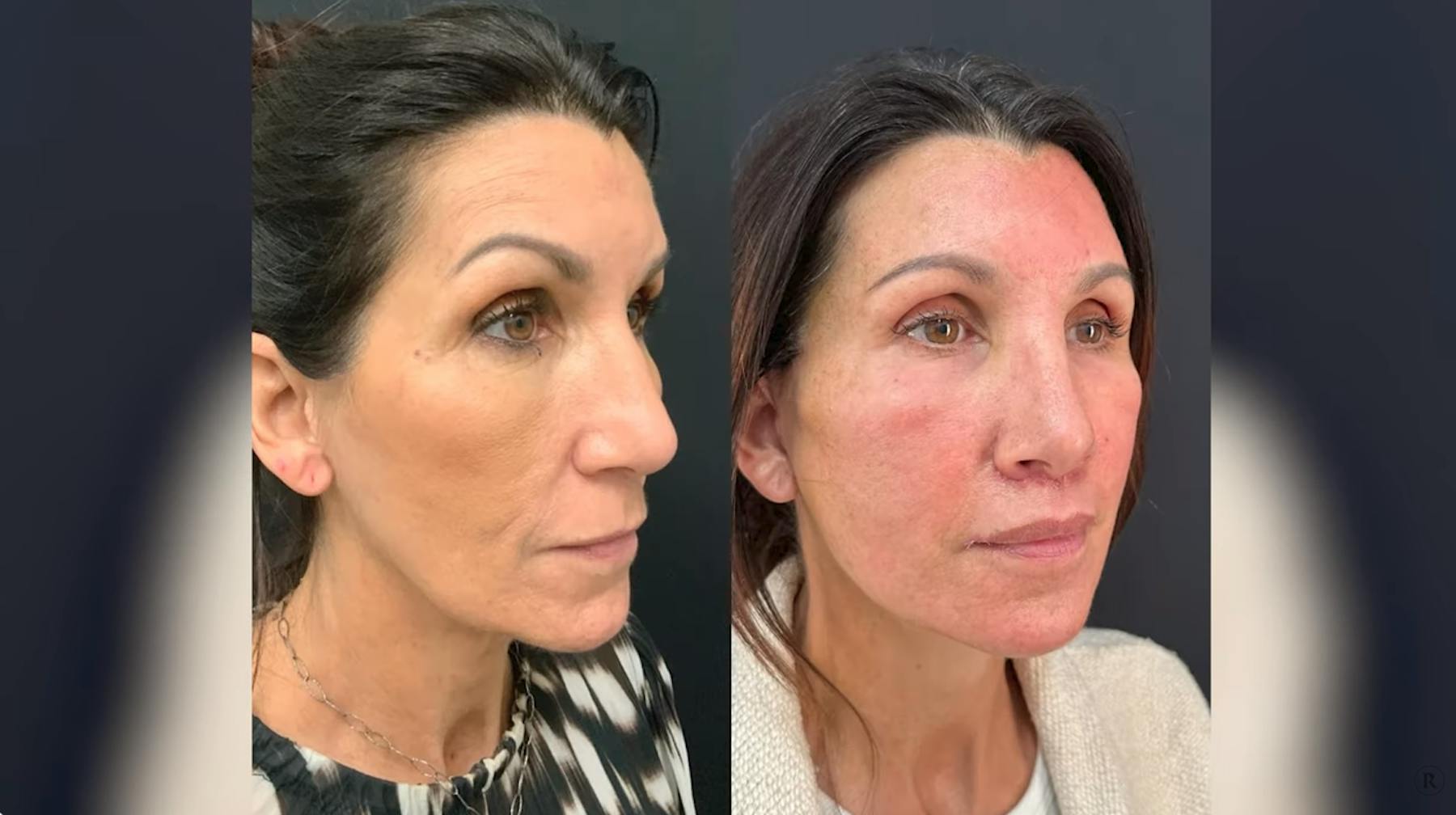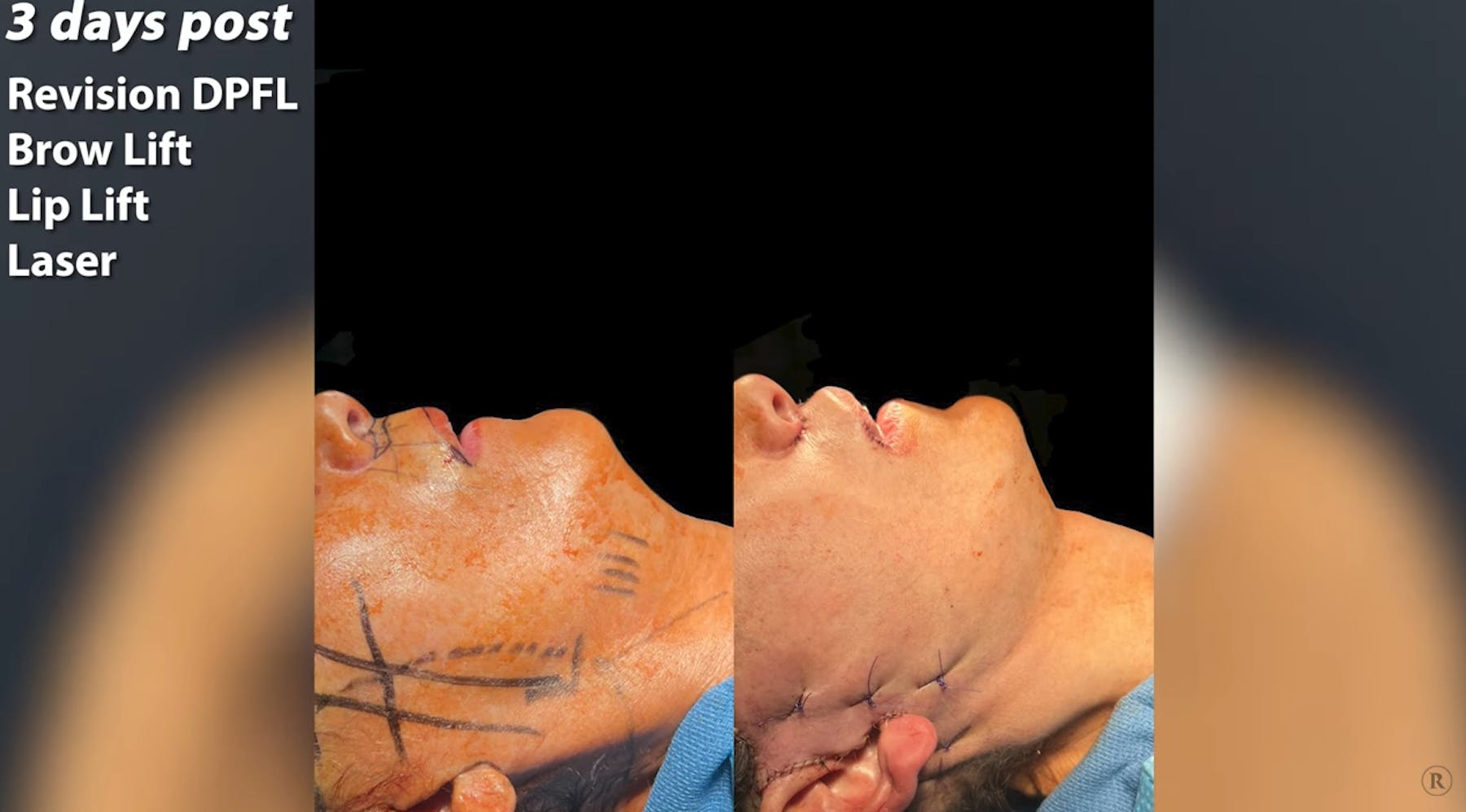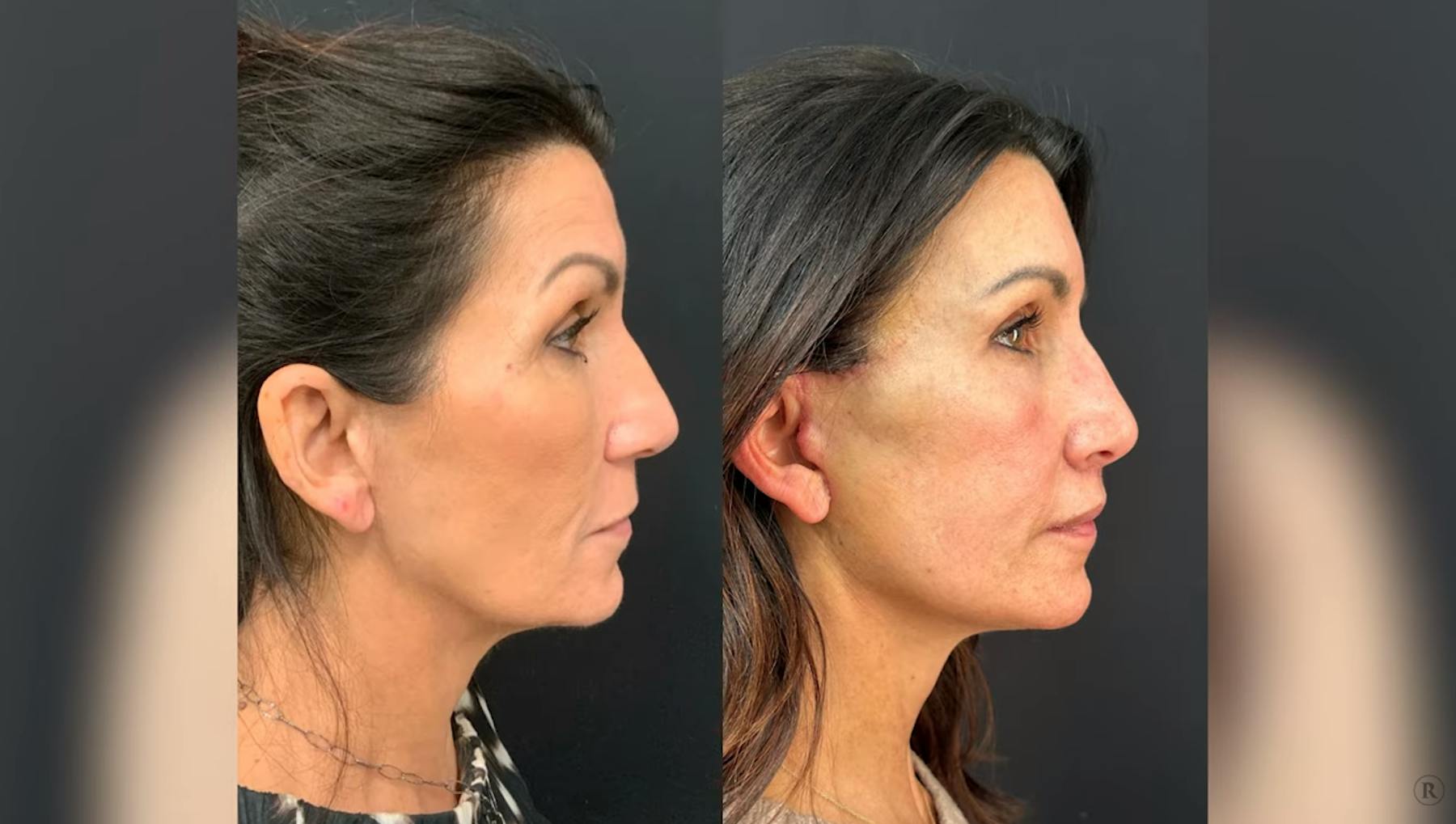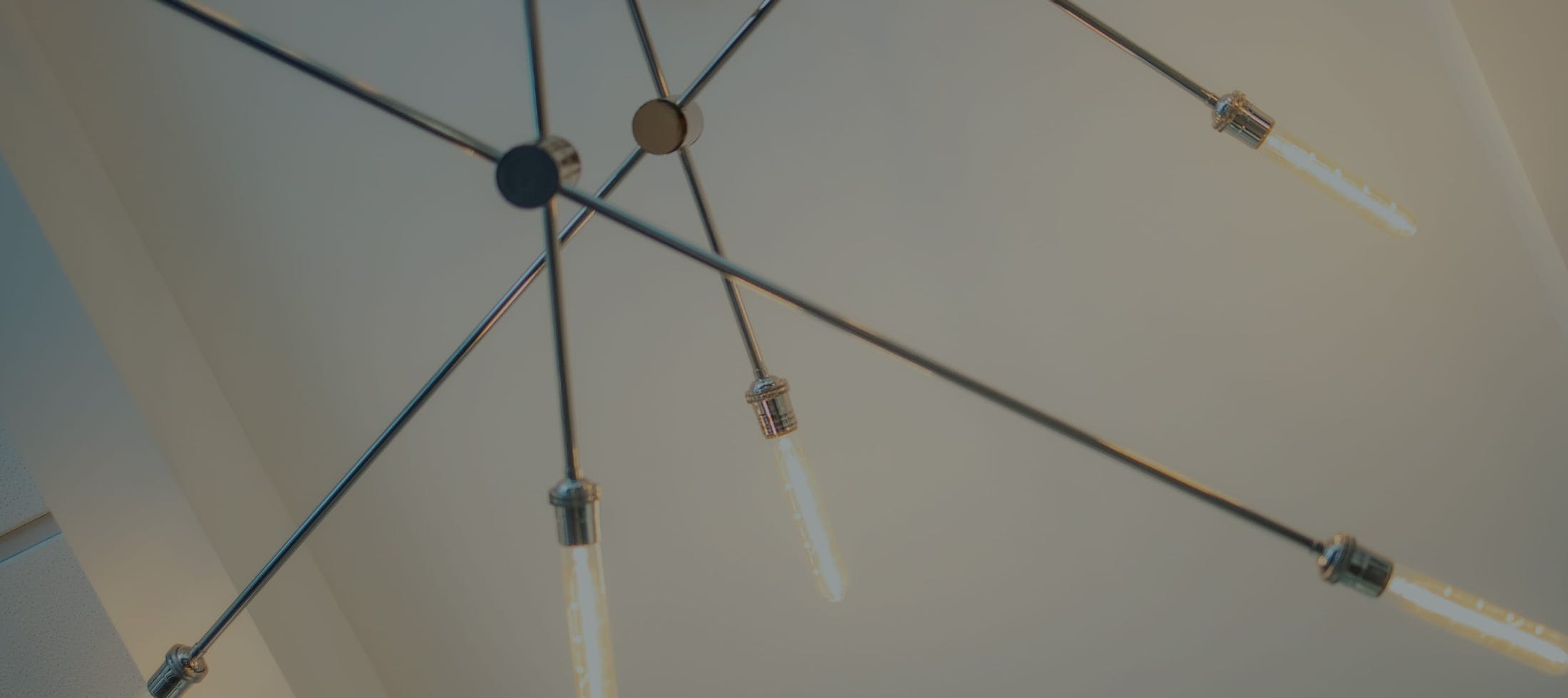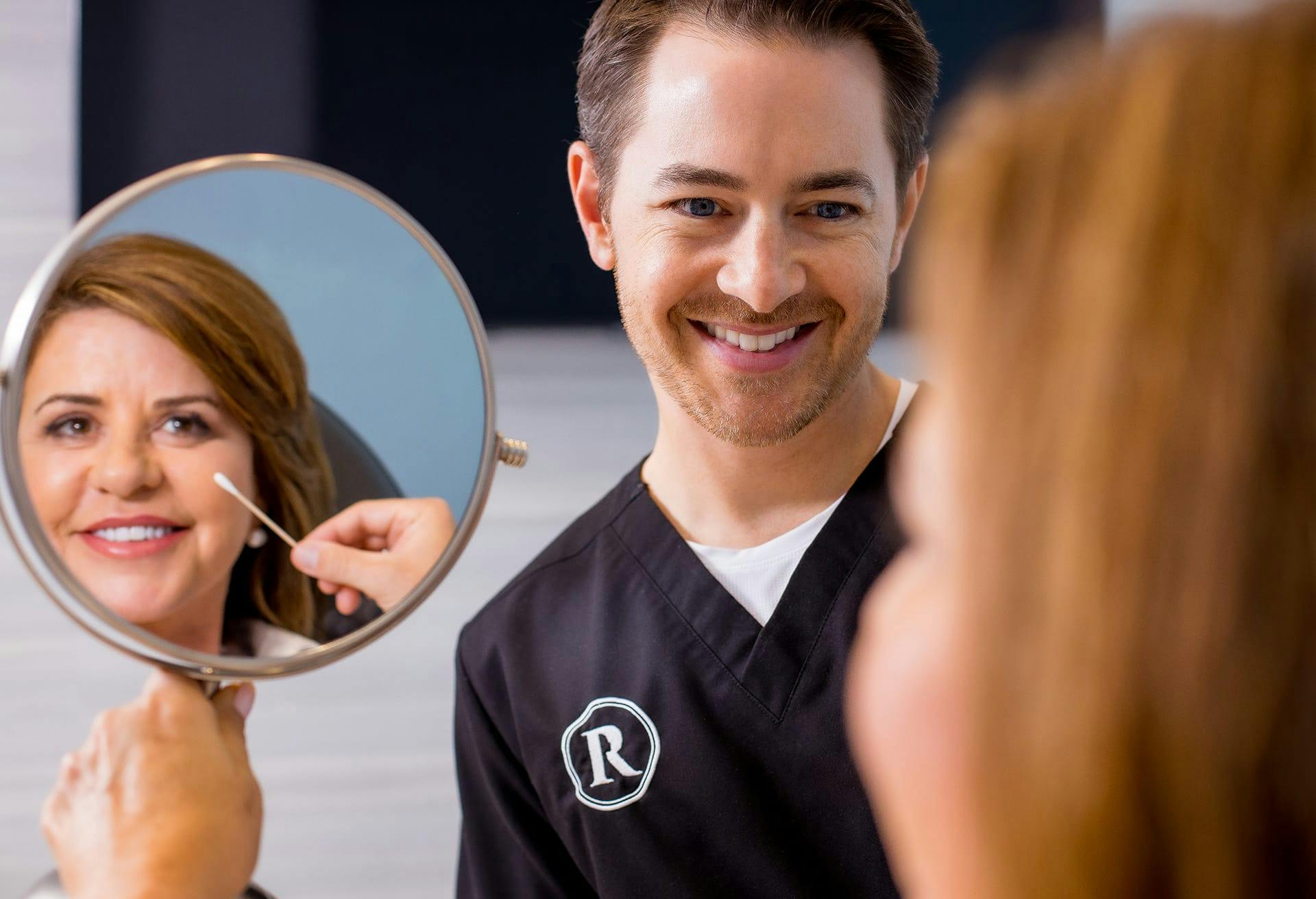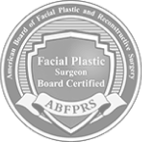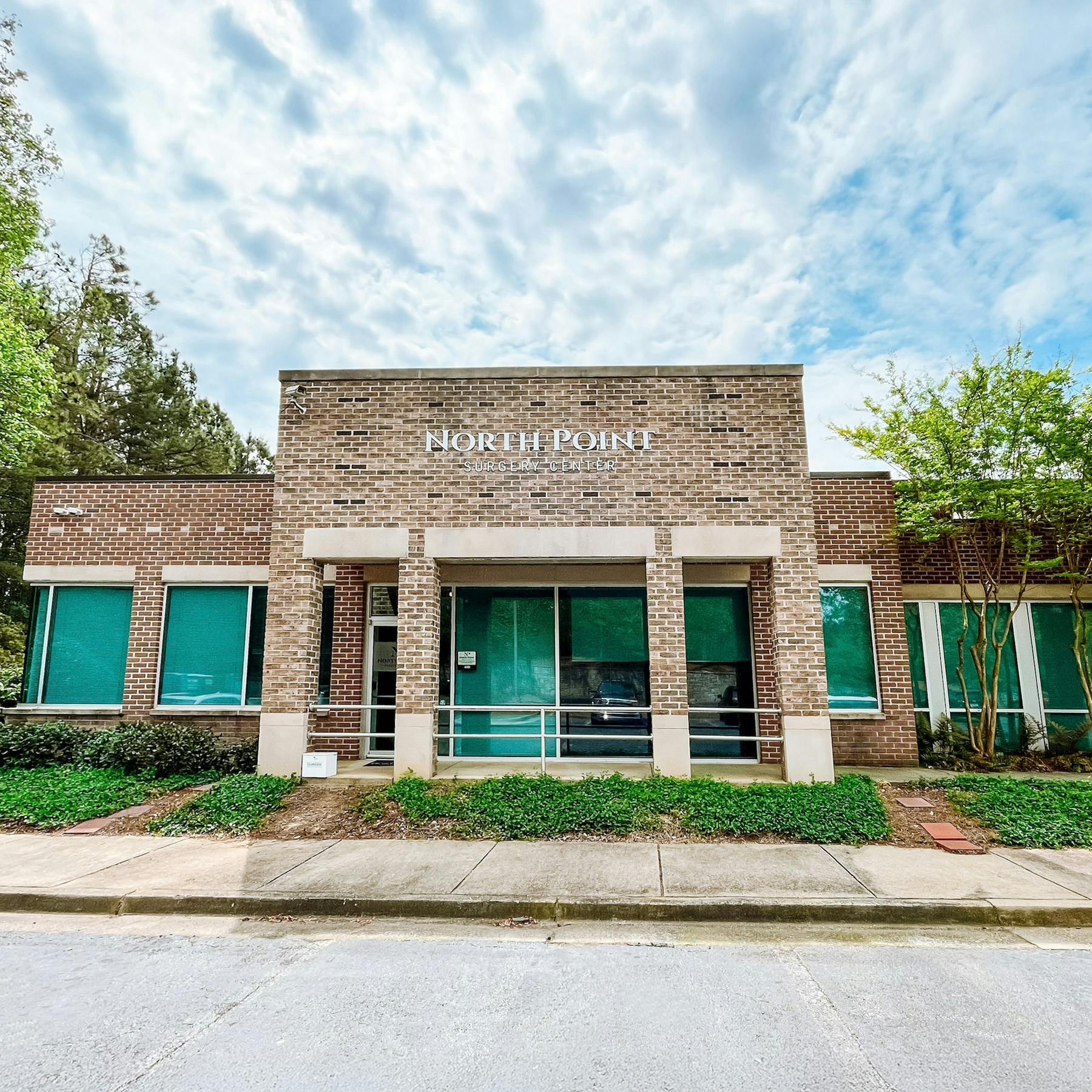As we have more birthdays, the signs of aging can begin to creep in. We start to notice the face “falling,” jowls off the jawline begin to form, and wrinkles deepen in our face and neck. Dr. Robb Jr. uses the most advanced lifting techniques to naturally rejuvenate your face – to roll back the clock and reveal a more youthful, natural version of yourself.
What Is a Deep Plane Facelift?
A Deep Plane Facelift elevates and frees up the SMAS (Superficial Muscular Aponeurotic System): a layer of muscle and connective tissues that lies beneath the surface of the skin of the face and upper neck. It also targets the ligaments, or ‘anchors,’ of the face. By elevating and releasing these, we’re able to lift the tissues without tension – thus the result will last much longer than traditional methods. This technique involves VERY LITTLE skin elevation, which keeps the recovery extremely quick, simple, pain free and easy! This is one of the few times in surgery where the more comprehensive, natural, longer lasting procedure involves SHORTER recovery time!
During our Deep Plane Facelift in Atlanta, the skin is not lifted away from the SMAS layer. This preserves natural skin shine, blood supply, and more facial sensation. It also leaves the skin contours firmer, but also feeling and looking supple, natural, and soft, rather than stretched or ‘tight’ looking.
In Dr. Robb’s experience, bruising is extremely rare after a Deep Plane Facelift. This contributes to the quicker recovery, and scarring is much less in most Deep Plane Facelifts as well!


